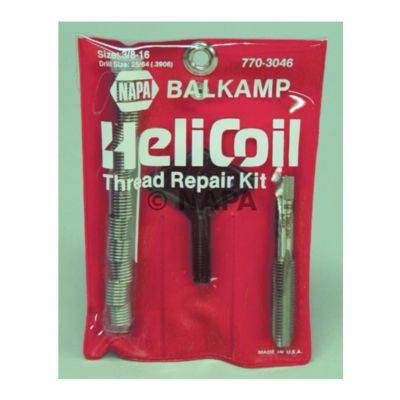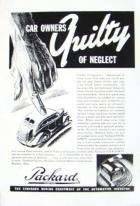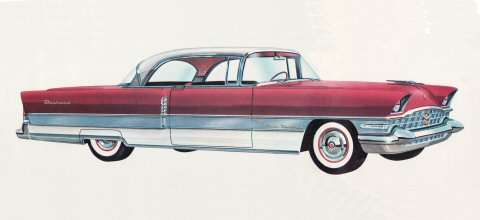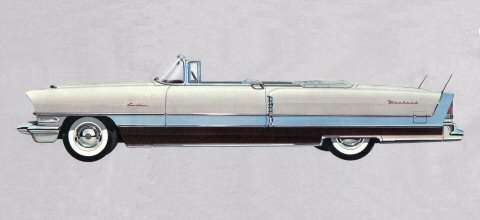|
Re: Trouble - broken manifold bolt.
|
||||
|---|---|---|---|---|
|
Home away from home
|
This link is a video on removing a broken bolt with the additional complication of a broken 'Easy-Out'.
youtube.com/watch?v=W13kiM7bqyY At the very end of the video is some advice on when to use an 'Easy-Out' and when you might just as well move on the next step. The advice is; if corrosion (rust in the case of an iron substrate) is the root cause of not being able to remove the original fastener then do not attempt to use an 'Easy-Out'. If the failure of the original fastener was gross over-torque then it's OK to try to extract with an 'Easy-Out'. My personal experience supports this advice. I've had success with drilling the corroded fastener to just below the tap drill size and picking out the 'coil' of threads. In your case the 'coil' may be just a mess of rust. The exact of drill you use is related to how close to the center of the hole the drill bit is following. If you have a selection of 'left-handed' drill bits those may help, but I have never removed a corroded bolt with 'left-handed' drills. It's one of those 'it can't hurt' situations. Dp
Posted on: 2018/6/10 11:55
|
|||
|
||||
|
Re: Trouble - broken manifold bolt.
|
||||
|---|---|---|---|---|
|
Home away from home
|
One this one, since itt goes into the water jacket (I think maybe they all do), I plan to use Permatex 2 to seal the threads.
Posted on: 2018/6/14 16:57
|
|||
|
1941 Touring Sedan
1952 250 Convertible 1932 902 Rumble seat Coupe  Who is John Galt? Who is John Galt?
|
||||
|
||||
|
Re: Trouble - broken manifold bolt.
|
||||
|---|---|---|---|---|
|
Home away from home
|
A lot of different techniques for this common problem that varies in degree of difficulty.
The dilemma is to know ahead of time what you're dealing with and that is not so tractable looking from the stub end. That would require Xray to know for sure. Although I understand the "burn it out" technique, I don't recommend that to the average garage and on a classic engine block. This is probably one of those, "war time" techniques that one employs when they're shooting at you. Plus if you heat only on the fastener you're stressing the block as fastener will enlarge faster than the cast and could cause a crack. Better to grow the hole or shrink the fastener than jam it tighter. I've encountered rust welded old cast pipe threads that won't respond to heat, and of course more heat is better, but in this case, the high carbon content will catch fire and actually burn and melt iron down to nothingness. An engine block is not that high in carbon, but the grain structure is important for strength, and if you go above red heat, the metal re-crystalizes on cooling and makes a brittle structure. So be sensible with heating and oxy-acetylene on cast. Better to not use the flame wrench, if possible. Prevention is the better approach, and that means changing the stud or bolt material. Make sure the threads are good, lubricated, and deep enough for the length fastener. Plus using torque wrench stepwise for tightening, and ditch the impact and cheater/breakers. Know your own strength for hand wrench work.
Posted on: 2018/6/14 20:49
|
|||
|
||||
|
Re: Trouble - broken manifold bolt.
|
||||
|---|---|---|---|---|
|
Home away from home
|
This has gone from bad to worse.
I did get the stud out, but in doing so damaged with threads in the block either with the drill or, more likely, with the short depth extractors I first used. Here is what I have: The hole in the block is 3/8 x 16 pitch. The depth of the hole is .54" (including a small lip molded around the end of the hole in the water jacket) and is opened into the water jacket at the end, as are all the other holes in the block for the manifold studs. The first (top) .30" of threads are stripped out, they can still be seen, but they do not grab. The remaining .24" of threads are intact and will hold the stub, but it is not very tight, the stub can be easily threaded in by hand. It might hold torque, since the manifold is only torqued to about 30 Ft Lbs, but it will likely leak water. I am considering several options: 1. I can drill out the hole to 10mm and tap the block. This will still allow the manifolds to slip over the stub. If I do this, I will probably go with a 1.5 pitch, which is almost the same as 16. Open to suggestions. 2. I have read on the internet (so you know it's true) that you can use an epoxy like JB Weld or Concor Quick Steel to make new threads that are supposed to be hard enough to withstand significant torque. You coat the stud with Vaseline and then with the epoxy, add some epoxy to the hole and thread the stud in. In a few minutes after the epoxy begins to set, you slowly back the stub out and let the epoxy cure for 24 hours. You then can chase the threads if need be. I have read that this is effective even for head bolts, which carry a lot of torque. These studs don't carry a lot of torque, but do get quite hot. They back to the water jacket though, so they can't get extremely hot. I like this solution because I still have a good amount of thread in the hole. 3. I have considered using something like a heli-coil, but I understand they are not meant for through holes because they might thread out through the bottom of the hole as the stud is being threaded in. I know there are other inserts out there, but I have no experience with any of these inserts. 4. I also have considered permanently exopying a very short allen stub to the bottom (back) of the hole (where there are still threads) to close it off from the water jacket. Then either drilling and tapping the top of the hole to 10MM, or using a heli-coil or other insert to accept the manifold bolt. My concern is that the tapped/repaired area would only have about .3" depth and I am not sure that is enough to safely torque everything down. I also am not sure that the epoxy would hold around the allen stub enough to insure that there would be no leaks. I think that option 1 is probably the best in terms of insuring a good bite for the new manifold stud, do you see any problems with water leakage? If anyone has had experience using epoxy, I would love the hear about that. In any case, I will use a sealer like Permatex on the stud to help insure I do not have leaks when all is completed I am sure this is not the first time this has happened, so would love to hear any potential solutions.
Posted on: 2018/6/18 1:59
|
|||
|
1941 Touring Sedan
1952 250 Convertible 1932 902 Rumble seat Coupe  Who is John Galt? Who is John Galt?
|
||||
|
||||
|
Re: Trouble - broken manifold bolt.
|
||||
|---|---|---|---|---|
|
Home away from home
|
Use a helicoil and a good sealer. Do not use epoxy. Napa will sell you a nice kit with the drill, tap, inserts and installation tool. Put a 3/8 -16 insert into the block; while you are on the phone with NAPA order a coarse-fine stud of suitable length.
Posted on: 2018/6/18 9:31
|
|||
|
||||
|
Re: Trouble - broken manifold bolt.
|
||||
|---|---|---|---|---|
|
Forum Ambassador

|
I agree with Ross, avoid the epoxy and take the option of a threaded insert. There are inserts (I don't recall the trade name) with a very thin face flange to limit how far they thread into a hole - you might feel more comfortable with one of those but a properly done ordinary Heli-Coil insert should be a very satisfactory fix.
Posted on: 2018/6/18 10:39
|
|||
|
||||
|
Re: Trouble - broken manifold bolt.
|
||||
|---|---|---|---|---|
|
Home away from home
|
Thanks for the reply. This gives me some real confidence in choosing a direction.
The kit I see from NAPA is this shown below. I note that some of the kits use a sleeve the insert tool and insert go through. It looks like they are for finer threads. I assume it is not needed for this application or it would be in the kit? This is sufficient to prevent water leaking through the hole? I will use Permatex anyway, but this is the best option? I have an L-head Plymouth where certain bolts go into the water jacket and must be sealed so i am used to that drill. Attach file:  (17.68 KB) (17.68 KB)
Posted on: 2018/6/18 12:29
|
|||
|
1941 Touring Sedan
1952 250 Convertible 1932 902 Rumble seat Coupe  Who is John Galt? Who is John Galt?
|
||||
|
||||








